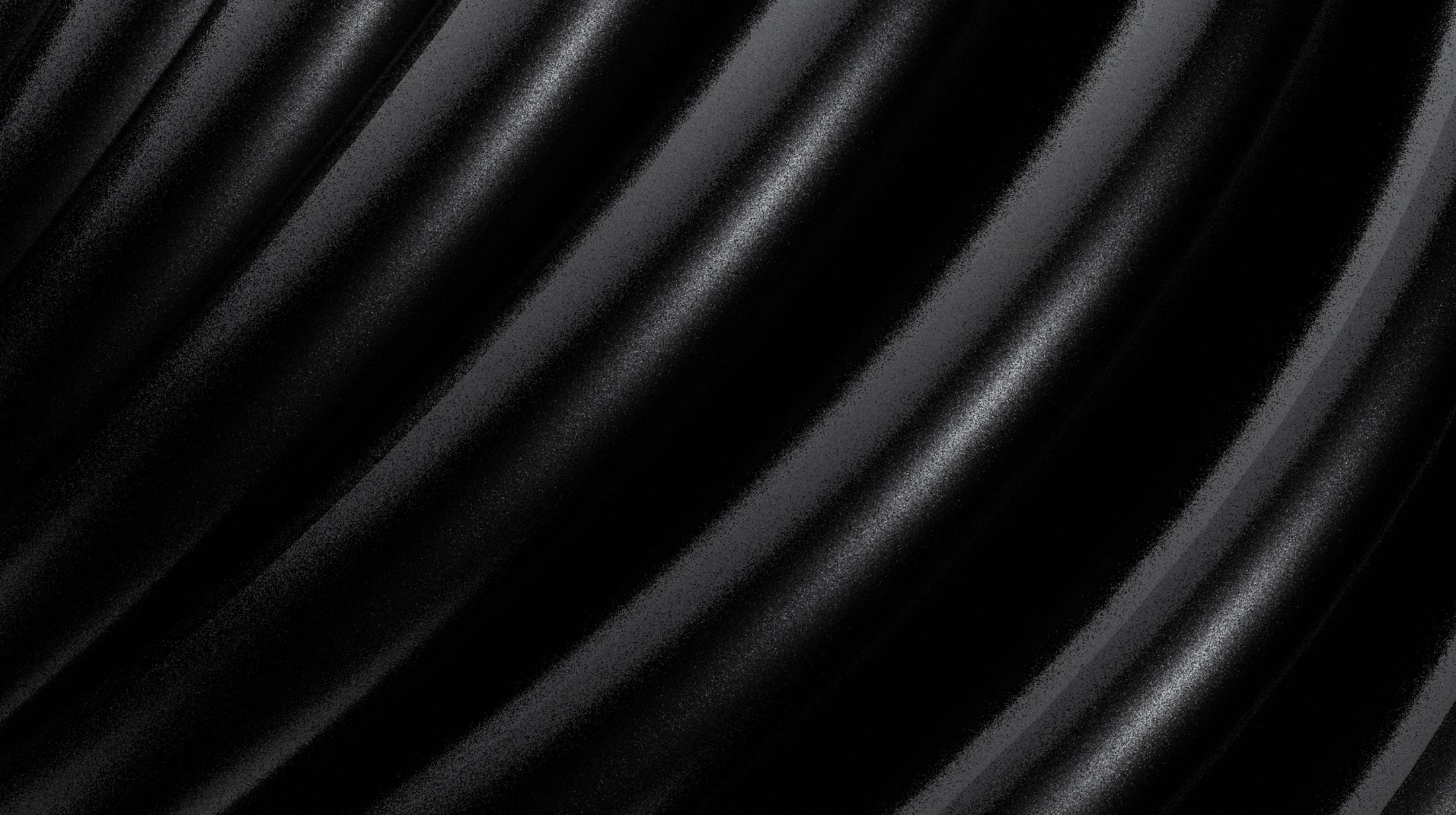
Grab your nearest bottle of sunscreen (if you don’t have any on hand, it’s time to pick some up!). On the bottle, you’ll see the letters “SPF” and a number.
SPF is a term found on every bottle of sunscreen, but what does the SPF number mean, and what do those letters stand for? “SPF” stands for “sun protection factor,” and it indicates how long you can be safely exposed to the sun while wearing that particular product.
For example, if you normally burn after 20 minutes outdoors without sunscreen, wearing a product with SPF 10 means it’ll probably take you 10 times longer to burn. After 200 minutes (3 hours and 20 minutes), you’ll need to reapply or step inside.
This could be even shorter, based on a variety of factors that all affect the efficacy of SPF:
- Spending time under the noonday sun, when the sun’s rays are most intense
- Having very fair skin
- How much product you applied before going outside
[Related: Sun Protection Requires More Than a Little SPF]
How Is SPF Determined?
Like most things of this nature, scientific experiments determine the SPF number. These experiments occur indoors and expose participants to a light spectrum mimicking intense sun rays. Some participants wear sunscreen, and others don’t.
Scientists use a simple formula to find the SPF number: the number of seconds it takes a section of skin to redden while covered in sunscreen, divided by the number of seconds it takes to redden without sunscreen.
What Does the SPF Number Mean?
So, what does the number on sunscreen mean? A common misconception is that the higher the SPF number, the better the sun protection. This isn’t true.
If your bottle of sunscreen has a higher SPF number, it means you can remain protected in the sun for a longer amount of time. You’ll simply need to more frequently reapply a product with a low SPF, but it’ll offer the same amount of protection as one with a higher SPF.
[Related: Best Facial Treatments for Aging Skin]
UVA vs. UVB
It’s important to note that many sunscreens protect your skin against only ultraviolet B (UVB) rays. Ultraviolet A (UVA) rays also pose a risk. UVA rays can cause facial lines, wrinkles and discoloration, and they can even contribute to skin cancer.
To make sure you protect yourself from both types of harmful rays, look for sunscreens that provide both UVA and UVB protection. These are often called “broad-spectrum” or “full-spectrum” sunscreens.
More Tips to Stay Safe in the Sun
The American Academy of Dermatology recommends that you apply sunscreen with an SPF of 30 every day to exposed skin. We suggest incorporating sunscreen into your daily skincare routine. You can even find makeup products that include SPF — just be sure to apply additional sunscreen to the rest of your body if you’ll be out in the sun.
Here are some other ways to protect yourself from the sun’s rays:
- Wearing sunglasses and wide-brimmed hats
- Using an umbrella when you’re out on the beach
- Opting for clothing with tightly knit or ultraviolet protection factor (UPF) fabric
[Related: How to Take Care of Your Skin Post-Facial]
Protect Your Skin and Look Your Best With Athré Med Spa
Athré Med Spa offers a variety of top-notch services and products that will make you feel relaxed and look your best while treating your sun exposure and aging concerns.
Contact us for a consultation, or check out our product page today!
Featured image via Pexels



